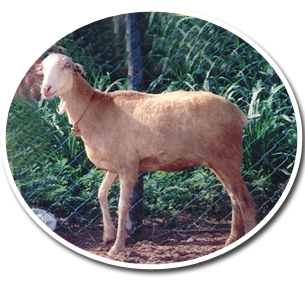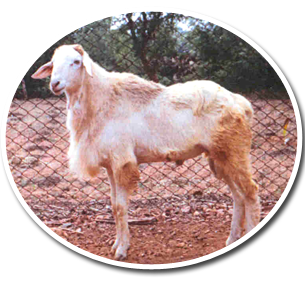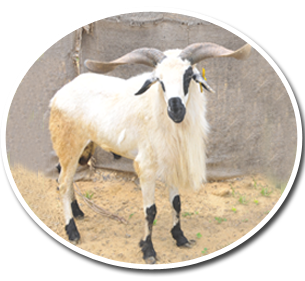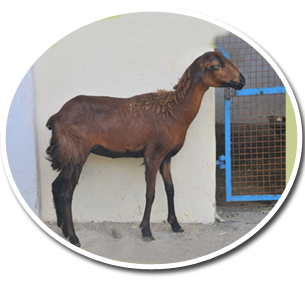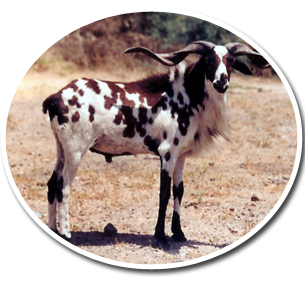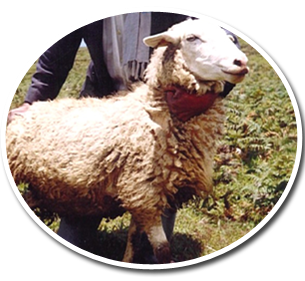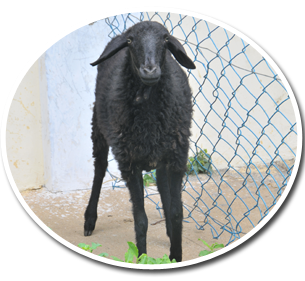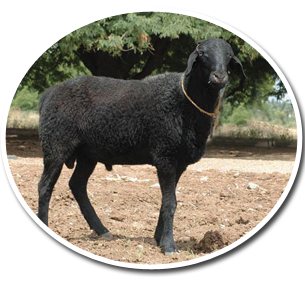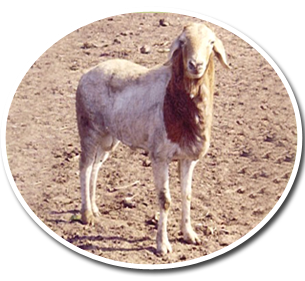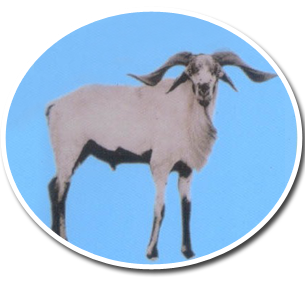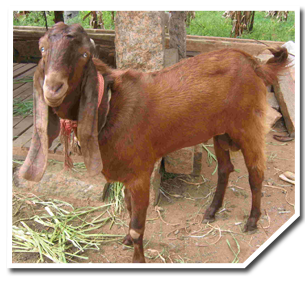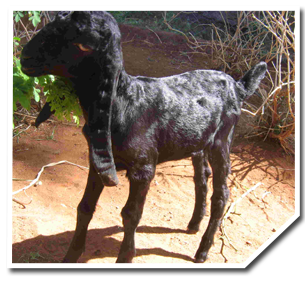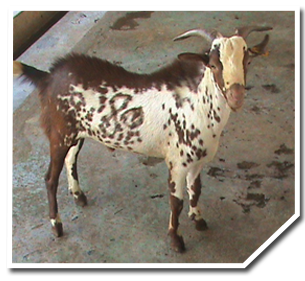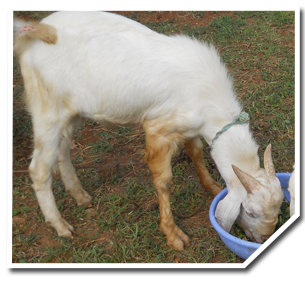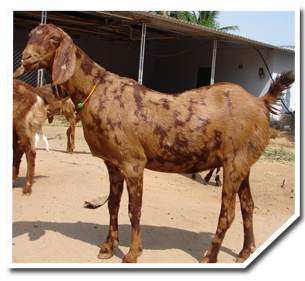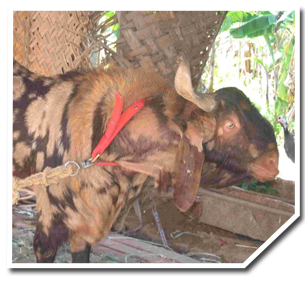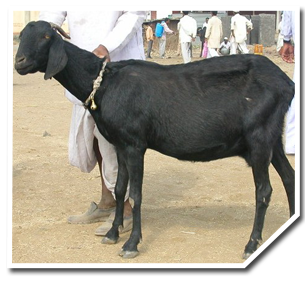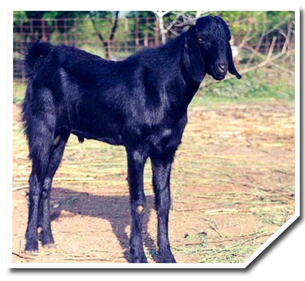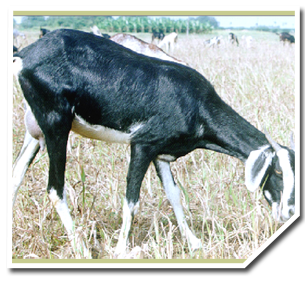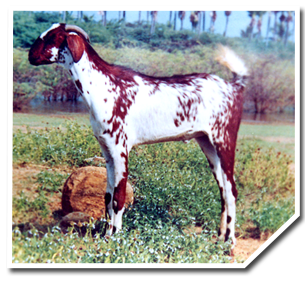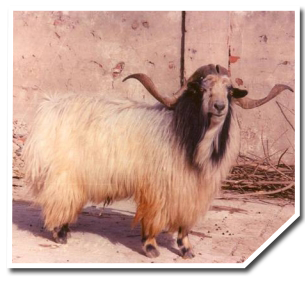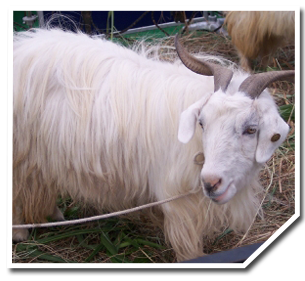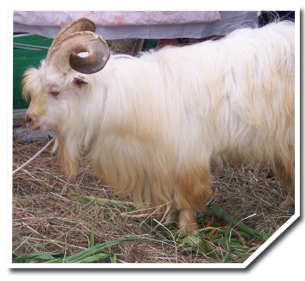Hindustani78
BANNED

- Joined
- Apr 8, 2014
- Messages
- 40,471
- Reaction score
- -47
- Country
- Location
Ministry of Science & Technology
26-October, 2016 16:43 IST
Impacting Farmers’ lives through Science Biotech-Kisan & Cattle Genomics
As a part of the Government’s focus on the development of programmes that aim to directly and positively impact people’s lives rapidly, the Ministry of Science and Technology has been at the forefront in many of these initiatives. Two Farmer-Centric initiatives of this Ministry are Biotech-KISAN and Cattle Genomics.
The Minister for Science and Technology and Earth Sciences, Dr. Harsh Vardhan shared details on these new initiatives with the Press in New Delhi today. The two programs are intended to have major impact on rural livelihood through science. The Minister in his address stated that the Prime Minister’s emphasis on the importance to work on the problems faced by our farmers is a great motivation factor for the scientist community.
Biotech- KISAN (Krishi Innovation Science Application Network) Empowering Small- and Women- Farmers with Science Implementation
Biotech-KISAN is a new programme that empowers farmers, especially women farmers. Cash crops and horticulture can be a major source of income but the vagaries of climate, disease and market often prevent this. Farmers are eager to use scientific tools that can mitigate these factors. The Department of Biotechnology is partnering to stimulate these exciting directions.
The Scheme is for farmers, developed by and with farmers, it empowers women, impacts locally, connects globally, is Pan-India, has a hub-and spoke model and stimulates entrepreneurship and innovation in farmers.
Biotech-KISAN is:
· For Farmers: The Biotech-KISAN is a Farmer centric scheme launched by of the Department of Biotechnology, where scientists will work in sync with farmers to understand problems and find solutions.
· By Farmers: Developed in consultation with the farmers. Soil, Water, Seed and Market are some key points that concern small and marginal farmers. Biotech-KISAN aims to link farmers, scientists and science institutions across the country in a network that identifies and helps solve their problems in a cooperative manner.
· Empower women. The woman farmer is often neglected. It is important to empower the women farmer, help her meet her concerns for better seed, storage of seed and protection of the crops from disease and pest. The women farmer is also the prime caretaker of livestock and she is eager to combine traditional wisdom in handling the livestock and with current best practices, especially in the context of emerging livestock disease. The scheme includes the Mahila Biotech- KISAN fellowships, for training and education in farm practices, for women farmers. The Scheme also aims to support the women farmers/ entrepreneur in their small enterprises, making her a grass root innovator.
· Connects Globally. Biotech-KISAN will connect farmers to best global practices; training workshops will be held in India and other countries. Farmers and Scientists will partner across the globe.
· Impacts Locally. The scheme is targeted towards the least educated marginalised farmer; Scientists will spend time on farms and link communication tools to soil, water seed and market. The aim is to understand individual problems of the smallholding farmers and provide ready solutions.
· Across India. Biotech KISAN will connect farmers with science in the 15 agro-climatic zones of the country in a manner, which constantly links problems with available solutions.
· Hubs and Spoke. In each of these 15 regions, a Farmer organisation will be the hub connected to different science labs, Krishi Vigyan Kendra and State Agriculture Universities co-located in the region. The hub will reach out to the farmers in the region and connect them to scientists and institutions.
· Farmers as Innovators. The hub will have tinkering lab, communication cell and will run year-long training, awareness, workshops and which will act as education demonstration units to encourage grass root innovation in the young as well as women farmers.
· Communicating Best Practises There will be a communication set-up to make radio and TV programmes for local stations, as well as daily connectivity through social media.
Cattle Genomics: Taking Indigenous Livestock to Pole Position
Livestock contributes significantly to the livelihood of rural poor in our country and has enormous potential to reduce poverty. There is a predicted increase in demand for animal food products in India by 2020. In the wake of climate change challenges, quality breeding of indigenous livestock is essential. When breeding is selective, the native livestock can transform the lives of small farmers. Genomic selection will ensure high-yielding, disease-resistant, resilient livestock.
Selecting hardy livestock that give high-yields. Better livestock can be genetically, selected which ultimately leads to enhancement of productivity in a sustainable, resilient manner.
Traditional Breeding takes time. Genetic improvement of livestock through traditional selection for increasing livestock productivity has major limitations. To overcome these, genomic selection has played a crucial role in livestock industry globally.
Global best methods for local livestock. Genomic selection will transform local livestock breeding. This uses information on variation in DNA sequences between animals to predict the breeding value of animals more accurately.
Genome sequencing of indigenous cattle breeds from all registered cattle breeds of India by involving various stakeholders is to start soon.
Development of high-density DNA chips. This will reduce the cost and time interval of breeding program in future and productivity of indigenous cattle will be enhanced.
*****
26-October, 2016 16:43 IST
Impacting Farmers’ lives through Science Biotech-Kisan & Cattle Genomics
As a part of the Government’s focus on the development of programmes that aim to directly and positively impact people’s lives rapidly, the Ministry of Science and Technology has been at the forefront in many of these initiatives. Two Farmer-Centric initiatives of this Ministry are Biotech-KISAN and Cattle Genomics.
The Minister for Science and Technology and Earth Sciences, Dr. Harsh Vardhan shared details on these new initiatives with the Press in New Delhi today. The two programs are intended to have major impact on rural livelihood through science. The Minister in his address stated that the Prime Minister’s emphasis on the importance to work on the problems faced by our farmers is a great motivation factor for the scientist community.
Biotech- KISAN (Krishi Innovation Science Application Network) Empowering Small- and Women- Farmers with Science Implementation
Biotech-KISAN is a new programme that empowers farmers, especially women farmers. Cash crops and horticulture can be a major source of income but the vagaries of climate, disease and market often prevent this. Farmers are eager to use scientific tools that can mitigate these factors. The Department of Biotechnology is partnering to stimulate these exciting directions.
The Scheme is for farmers, developed by and with farmers, it empowers women, impacts locally, connects globally, is Pan-India, has a hub-and spoke model and stimulates entrepreneurship and innovation in farmers.
Biotech-KISAN is:
· For Farmers: The Biotech-KISAN is a Farmer centric scheme launched by of the Department of Biotechnology, where scientists will work in sync with farmers to understand problems and find solutions.
· By Farmers: Developed in consultation with the farmers. Soil, Water, Seed and Market are some key points that concern small and marginal farmers. Biotech-KISAN aims to link farmers, scientists and science institutions across the country in a network that identifies and helps solve their problems in a cooperative manner.
· Empower women. The woman farmer is often neglected. It is important to empower the women farmer, help her meet her concerns for better seed, storage of seed and protection of the crops from disease and pest. The women farmer is also the prime caretaker of livestock and she is eager to combine traditional wisdom in handling the livestock and with current best practices, especially in the context of emerging livestock disease. The scheme includes the Mahila Biotech- KISAN fellowships, for training and education in farm practices, for women farmers. The Scheme also aims to support the women farmers/ entrepreneur in their small enterprises, making her a grass root innovator.
· Connects Globally. Biotech-KISAN will connect farmers to best global practices; training workshops will be held in India and other countries. Farmers and Scientists will partner across the globe.
· Impacts Locally. The scheme is targeted towards the least educated marginalised farmer; Scientists will spend time on farms and link communication tools to soil, water seed and market. The aim is to understand individual problems of the smallholding farmers and provide ready solutions.
· Across India. Biotech KISAN will connect farmers with science in the 15 agro-climatic zones of the country in a manner, which constantly links problems with available solutions.
· Hubs and Spoke. In each of these 15 regions, a Farmer organisation will be the hub connected to different science labs, Krishi Vigyan Kendra and State Agriculture Universities co-located in the region. The hub will reach out to the farmers in the region and connect them to scientists and institutions.
· Farmers as Innovators. The hub will have tinkering lab, communication cell and will run year-long training, awareness, workshops and which will act as education demonstration units to encourage grass root innovation in the young as well as women farmers.
· Communicating Best Practises There will be a communication set-up to make radio and TV programmes for local stations, as well as daily connectivity through social media.
Cattle Genomics: Taking Indigenous Livestock to Pole Position
Livestock contributes significantly to the livelihood of rural poor in our country and has enormous potential to reduce poverty. There is a predicted increase in demand for animal food products in India by 2020. In the wake of climate change challenges, quality breeding of indigenous livestock is essential. When breeding is selective, the native livestock can transform the lives of small farmers. Genomic selection will ensure high-yielding, disease-resistant, resilient livestock.
Selecting hardy livestock that give high-yields. Better livestock can be genetically, selected which ultimately leads to enhancement of productivity in a sustainable, resilient manner.
Traditional Breeding takes time. Genetic improvement of livestock through traditional selection for increasing livestock productivity has major limitations. To overcome these, genomic selection has played a crucial role in livestock industry globally.
Global best methods for local livestock. Genomic selection will transform local livestock breeding. This uses information on variation in DNA sequences between animals to predict the breeding value of animals more accurately.
Genome sequencing of indigenous cattle breeds from all registered cattle breeds of India by involving various stakeholders is to start soon.
Development of high-density DNA chips. This will reduce the cost and time interval of breeding program in future and productivity of indigenous cattle will be enhanced.
*****








